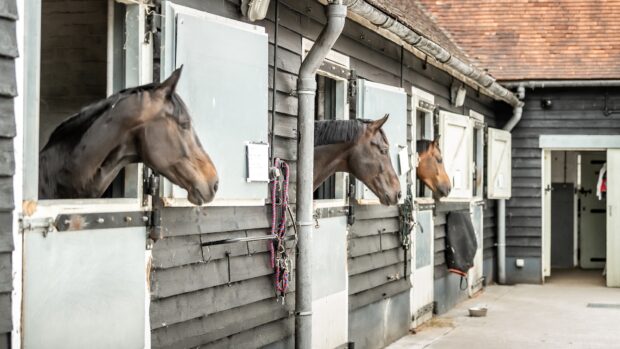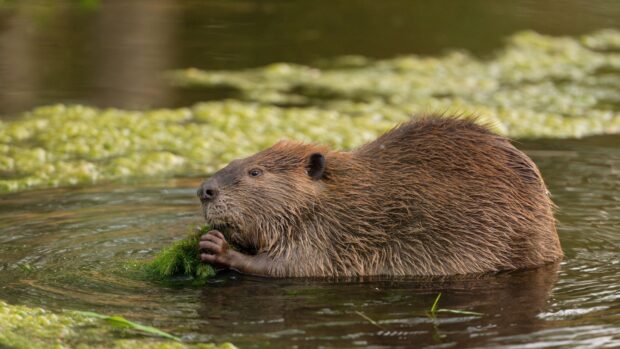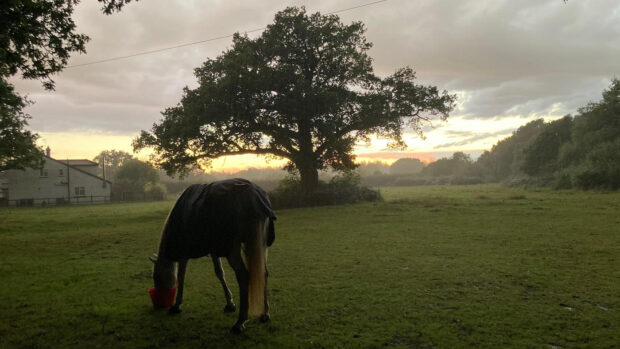Early indications are that the Control of Horses Act is reducing the number of horses at risk of abandonment or neglect, according to equine charity World Horse Welfare.
The Act came in on 26 May and, at the time, charities said they expected a “significant improvement” by the end of the year.
Although World Horse Welfare will not have official figures until January, the charity told H&H it is looking positive.
“Already our field officers have helped landowners use the new law to remove horses quickly where previously they could have languished for weeks or longer,” a World Horse Welfare spokesman told H&H.
| Popular articles |
“Some landowners have found homes for the horses they detained, and we took in our first horse under the Act, a foal called Huckleberry, in October this year.
“However, winter will be another real test for horse welfare in the UK as a cold, hard spell could still push many horses over the edge and create a very different picture
come February.”
Under the Act, landowners have the same powers as local authorities to take quick action to remove fly-grazing horses.
It requires landowners to keep any horses placed on their land for only four working days — as opposed to two weeks — and will allow more options to dispose of the horses besides public sale, such as gifting them to a charity, selling them privately, or euthanasia.
There are estimated to be 3,000 fly-grazed horses in England and the law falls into line with Wales, which brought in the Control of Horses (Wales) Act on 27 January 2014.
Ref: H&H 10/12/15




